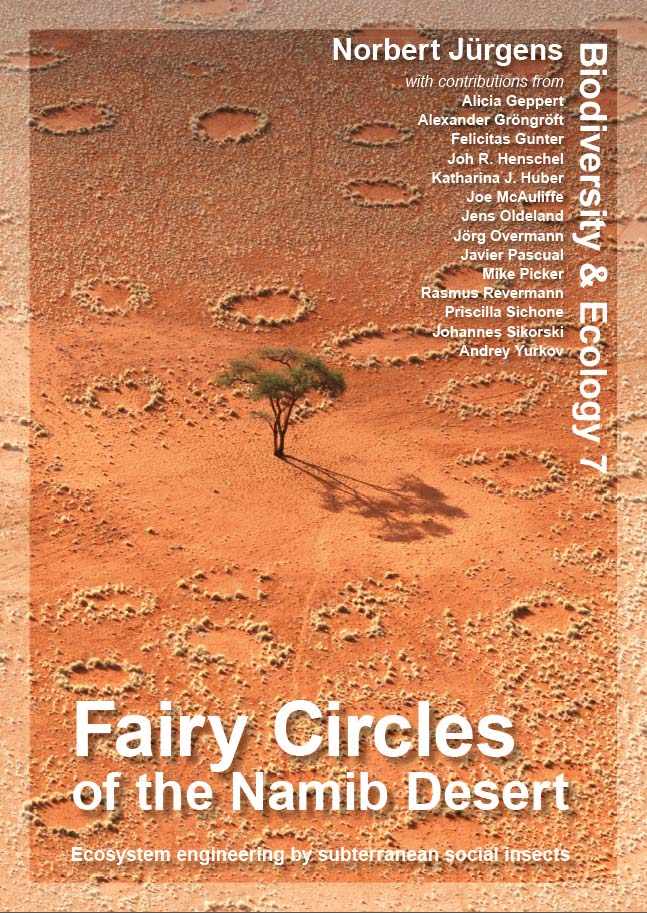
|

Department of Biology Institute of Plant Science and Microbiology |
| Division BEE > Biodiversity & Ecology > Vol.7 > Article 10.2 |
Biodiversity & Ecology
Journal of the Division Biodiversity, Evolution and Ecology of Plants , Institute for Plant Science and Microbiology, University of Hamburg.
10 Heuweltjies Book chapter 10.2 Open Access Macrotermes natalensis termite colonies in seasonally flooded savannas Abstract: In seasonally inundated landscapes of southern central Africa very large termite mounds of Macrotermes natalensis offer a refuge for flood-intolerant trees during the flood season. In the matrix landscape surrounding these islands the seasonally waterlogged and then anaerobic soil conditions and the browsing by megaherbivores during the dry season allow for grass and herbaceous vegetation only. During the rainy season each termitarium forms an isolated island which due to its relative dryness allows survival of the trees and the associated fauna. During the dry season the termites try to establish new colonies with new mounds. However, the successful formation of new termitaria islands seems to be a rare event. In this case study from Dundumwezi in the Kafue National Park, Zambia, we provide a description of the termitaria islands and their vegetation. Furthermore, we analyse spatial patterns of termite mound islands in the surroundings of Kafue National Park und Bangweulu Plains / Kasanka National Park based on remote sensing imagery. Our results confirm that competition among colonies of large termitaria in homogeneous habitats causes very regular spatial patterns.
Suggested citation: |
